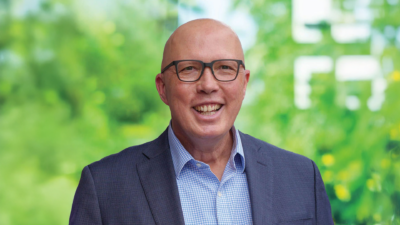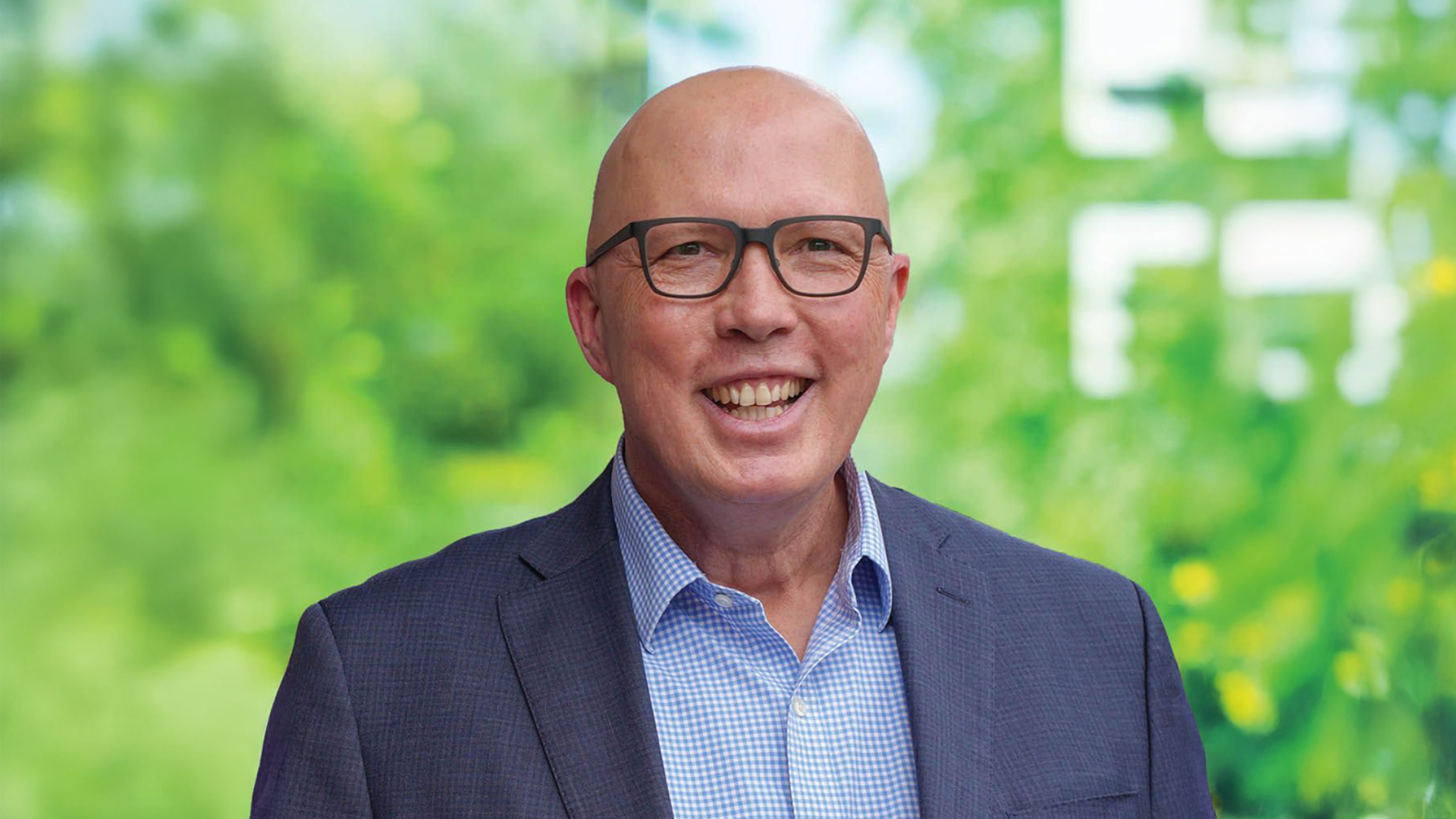How Aware Super is ‘reaping the rewards’ on its journey to global scale
Guaranteed contributions and robust returns mean the megafunds are growing at massive speed, and must rapidly add new capabilities across the investment function and the systems that support it. Aware Super’s investment operations division is working hard to stay ahead of the game.
“The days of calling us Australian super funds are sort of over – we’re global asset owners, and we’re using the best tools, the best minds and the best processes to get ahead of the scale thing,” Declan Brennan, Aware Super head of investment operations and service delivery, tells ISN. “It’s coming, and if we build things now we’ll reap the rewards on the scale journey and not just at its end.”
Case in point: the fund’s approach to trading currencies in the non-deliverable forward (NDF) market, like Korean won, which Brennan reckons is “breaking new ground” among the super funds (ed: NDFs are used to hedge against currency fluctuations in markets where traditional currency trading might be restricted, and constitute an agreement to exchange the difference in the value of two currencies at a future date).
In bilateral settlement, where one party is supposed to get, for example, Euros and the other USD on an agreed date, the risk is that one party doesn’t pony up – because of funding issues, or, at the extreme, a bank going bust – and plenty of transactions carry it. But for developed market currencies, organisations like CLS Group typically match trades before any settlement happens. That doesn’t happen so much in the world of NDFs, introducing significant counterparty risk.
“New for the region, and certainly for Australia, is to leverage a futures clearer; we use Morgan Stanley as our clearer for futures and OTC trades, and we worked with them and LCH (ForexClear), to get a product that was probably not in the general remit of a clearer and used the same concept as a futures trade in that it would go through a matching process and a clearing house and de-risk the trade by getting Won and USD in at the same time and matched,” Brennan says.
“The innovation is really using the established framework for a different product… A lot of what we had to do was build new connections, for a product that would invariably sit outside this infrastructure. We got to leverage a very established, secure infrastructure for something that wasn’t traditionally a viable option.”
“We’re trying to get ahead of demand in the fund… we have aspirations to be a much bigger fund over the next few years, and we’re proactively trying to set these things up for scale now.”
Declan Brennan, Aware Super head of investment operations and service delivery
Aware has also been doing “a lot of work” in the margin and collateral space to start using an existing book of margin to net with the NDF as well, reducing funding requirements and making for a cheaper form of collateralised product.
“You’re de-risking, reducing funding requirements and putting a traditional bilateral product into a clearing workflow as well… In futures world we’re saving about a hundred million a month and putting it into cash, which is working out really well with high interest rates,” Brennan says. “And we’re in the vanguard of funds utilising a clearer for this kind of initiative. We’ve put a lot of work into stopping the leakage.”
‘Partnering with the best on the street’
Aware currently manages 70 per cent of its assets externally, with the remainder handled by internal teams. The plan is to get to 50/50 as it works towards $250 billion FUM, which will inevitably increase the size of teams and the complexity of the products they trade. Project Odin, its effort to build out a next generation internal investment platform, is “well underway”. The first module is expected to complete in March and work will follow on the private markets module in April. Brennan says the final piece will slot into place in 2026.
“We are becoming global; we are becoming more sophisticated, and we need to think bigger and think smarter and do things always with the view of better returns for the members,” Brennan says.
“As we start to branch out overseas, the platform will be built to be a global platform; the same systems will be used on any site and the data will flow seamlessly from them 24/7. If anything it will improve the operations in terms of how we plug into this system.”
Brennan says Project Odin – and smaller projects like its work with Morgan Stanley on NDF settlement infrastructure – “shows how far super funds have come”, but also highlights the work required to make them function at massive scale.
“We’re trying to get ahead of demand in the fund; when the fund is larger, and we have aspirations to be a much bigger fund over the next few years, we’re proactively trying to set these things up for scale now and using best practice and really thinking on the risk and return so that as the fund gets bigger, these are cheap basis points that we can return back to the members.”











